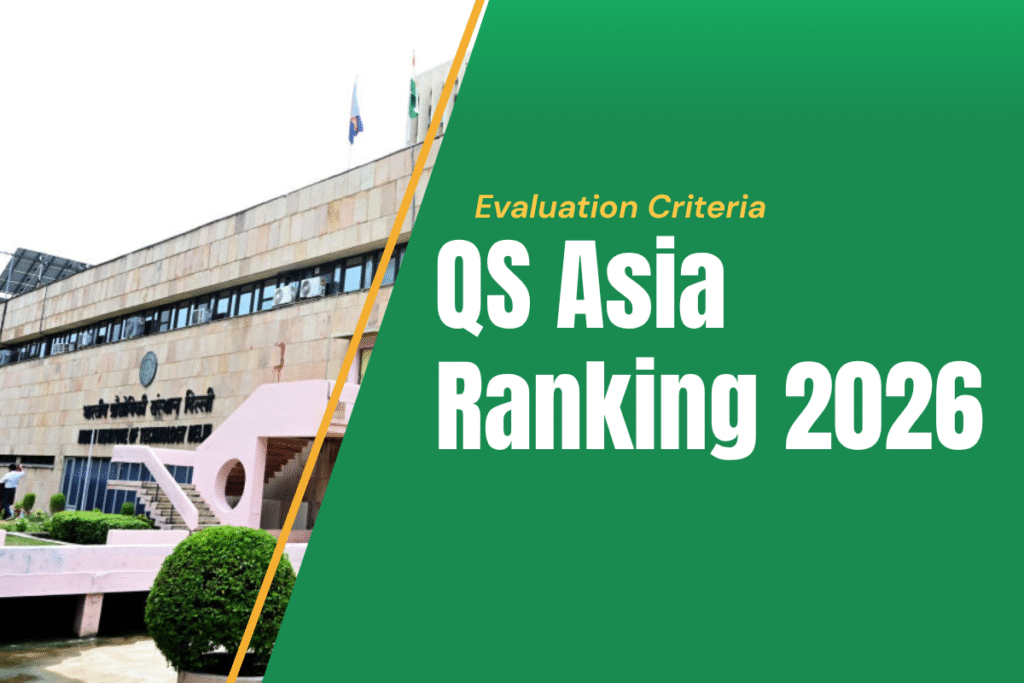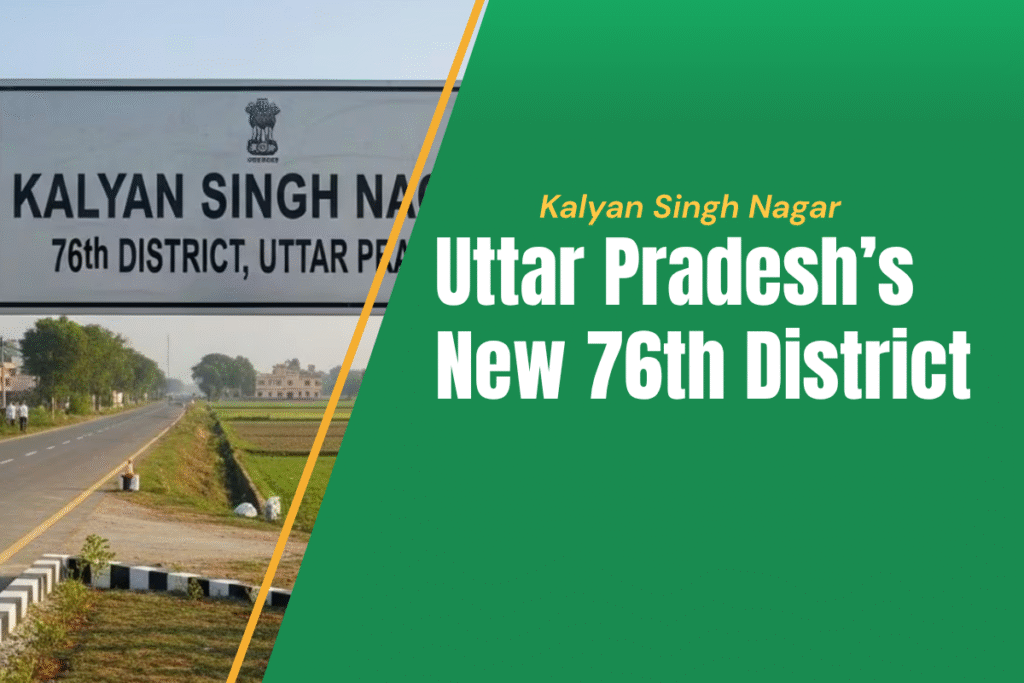01 Oct 2025: PRELIMS CURRENT AFFAIRS | Complete Exam Preparation
Prelims Current Affairs includes Centre’s Jal Sanchay Jan Bhagidari Award, 2,220 MW Oju Hydroelectric Project in Arunachal Pradesh, Dugong Conservation Reserve in Palk Bay, Tamil Nadu, Multi-wavelength Space Astronomy Observatory, AstroSat, Rani Rashmoni, Detention of climate activist Sonam Wangchuk under the National Security Act (NSA) and H3N2 flu virus.
SCHEME
1. JAL SANCHAY JAN BHAGIDARI INITIATIVE
Current Context: Bidar district of Karnataka has won the Centre’s Jal Sanchay Jan Bhagidari Award as the top-performing district under the campaign Jal Shakti Abhiyan: Catch the Rain.
ABOUT JAL SANCHAY JAN BHAGIDARI INITIATIVE
-
Launched: 2024
-
Nodal Ministry: Ministry of Jal Shakti
-
Aim: To enhance water recharge through rainwater harvesting, aquifer recharge, borewell recharge, and recharge shafts.
-
Objective: To conserve every drop of water through collective efforts following a whole-of-society and whole-of-government approach.
-
Stakeholders: Government agencies, local communities, industries, NGOs, resident welfare associations.
Key Outcomes Expected
-
Boost in Groundwater Levels: Capture and store rainwater to stabilize and increase groundwater levels.
-
Promotion of Water Conservation: Encourage community-led water management.
-
Enhancement of Climate Resilience: Provide storage during heavy rainfall and buffer against droughts.
-
Improvement of Water Quality: Use artificial recharge to filter water and reduce salinity and contamination.
ENVIRONMENT
2. OJU HYDEL PROJECT
Current Context: The Union Environment Ministry’s expert panel has recommended environmental clearance for the 2,220 MW Oju Hydroelectric Project in Arunachal Pradesh.
ABOUT OJU HYDEL PROJECT
-
Location: Subansiri River, Taksing, Arunachal Pradesh (near China border).
-
Developer: Oju Subansiri Hydro Power Corporation Pvt. Ltd.
-
Capacity: 2,220 MW (run-of-the-river scheme with daily peaking).
-
Infrastructure:
-
100-metre-high concrete gravity dam
-
14.12 km headrace tunnel
-
Underground powerhouse complex
-
-
Cost: Over ₹24,942 crore.
-
Expected Output: 8,402 million units of electricity annually.
-
Significance: Largest among the series of proposed dams on the Subansiri River (lifeline of Assam).
3. INDIA’S FIRST DUGONG CONSERVATION RESERVE
Current Context: The Dugong Conservation Reserve in Palk Bay, Tamil Nadu has received global recognition by IUCN at the World Conservation Congress 2025 in Abu Dhabi.
ABOUT DUGONG CONSERVATION RESERVE
-
Established: 21 September 2022 by Tamil Nadu Government.
-
Location: Covers 448.34 sq. km in northern Palk Bay, including 12,250 hectares of seagrass meadows.
-
Species Protected: Dugong (Dugong dugon), classified as Vulnerable on IUCN Red List.
Significance of Seagrass Meadows
-
Provide food and habitat for dugongs and marine species.
-
Maintain water quality and prevent shoreline erosion.
-
Vital for biodiversity and marine ecosystem restoration.
SPACE
4. ASTROSAT: INDIA’S FIRST SPACE OBSERVATORY
Current Context: India’s first dedicated multi-wavelength Space Astronomy Observatory, AstroSat, has completed a decade of operations.
ABOUT ASTROSAT
-
Launched: By PSLV-C30 from Sriharikota in 2015.
-
Purpose: Designed to observe the universe in the Visible, Ultraviolet, low and high energy X-ray regions of the electromagnetic spectrum simultaneously using its five payloads.
Payloads Include:
-
Ultra Violet Imaging Telescope (UVIT)
-
Large Area X-ray Proportional Counter (LAXPC)
-
Cadmium-Zinc-Telluride Imager (CZTI)
-
Soft X-ray Telescope (SXT)
-
Scanning Sky Monitor (SSM)
Key Facts:
-
Initially designed for a five-year mission, AstroSat continues to deliver valuable scientific data a decade later.
-
Made significant discoveries across the electromagnetic spectrum, including studies on black holes, neutron stars, Proxima Centauri, and the first-time detection of far-ultraviolet photons from galaxies 9.3 billion light years away.
HISTORY
5. RANI RASHMONI
Current Context: Prime Minister Narendra Modi paid tribute to Rani Rashmoni on her birth anniversary.
ABOUT RANI RASHMONI
-
Born: 28 September 1793 in a Mahishya zamindar family in Kona village (now North 24 Parganas).
-
Emerged as a formidable figure in 19th-century Bengal’s male-dominated society.
-
Her deep spirituality and commitment to justice earned her the title “Rani.”
Major Roles
-
Administrative Leadership: Took charge of her family’s zamindari and business, showcasing exceptional management and supervisory skills.
-
Public Welfare: Expanded enterprises and became a champion of public causes.
-
Defiance Against British Rule: Known for blocking Hooghly river traffic to protect fishermen.
-
Philanthropy: Built ghats, funded schools, and founded the Dakshineswar Kali Temple, appointing Shri Ramkrishna Paramhansa as its priest.
GOVERNANCE
6. NATIONAL SECURITY ACT (NSA)
Current Context: The Ladakh administration has justified the detention of climate activist Sonam Wangchuk under the National Security Act (NSA).
NATIONAL SECURITY ACT (NSA) OF 1980
-
Allows preventive detention to protect national security, public order, and essential services.
-
It is a powerful tool that limits individual liberty and must be exercised sparingly and lawfully, ensuring due process and rights protection.
Key Features:
-
Grounds for Detention: Invoked if actions threaten national defense, foreign relations, state security, communal harmony, or disrupt essential services.
-
Procedure: Detention orders issued by Central or State Governments; reasons must be informed; an Advisory Board reviews within 3 weeks.
-
Period of Detention: Up to 12 months, extendable in blocks not exceeding 12 months with government approval.
-
Safeguards: Detainee has the right to legal representation and to make a representation before the Advisory Board.
-
Judicial Review: Detention can be challenged in the High Court via a habeas corpus petition if found unlawful.
HEALTH
7. H3N2 FLU
Current Context: The H3N2 flu virus has triggered a major epidemic throughout the Delhi-NCR region.
ABOUT H3N2
-
It is a subtype of the Influenza A virus, mainly affecting those over 50 and under 15.
-
Spreads through respiratory droplets and contaminated surfaces, with high risk in crowded spaces like schools and nursing homes.
Symptoms:
-
Sudden high fever, chills, sore throat, headaches, muscle and body aches, fatigue, abdominal pain, and gastrointestinal issues (nausea, diarrhoea).
Treatment:
-
Usually managed at home with rest, hydration, and symptomatic care such as steam inhalation and warm saline gargles.
Download Pdf | Study Material | Downloads | Daily Quiz | FREE Youtube Videos
Latest Blogs
Ask your Query
Recent Posts
- Strategic Reasons For India To Become Global Solar Innovation
- A Quick Guide on PRIP Scheme Boosts Pharma R&D
- Why QS Asia Rankings 2026 Are Important for Universities
- Kalyan Singh Nagar Becomes Uttar Pradesh’s 76th District – All You Need to Know
- Horticulture in Himachal Pradesh: Opportunities and Challenges
Browse By Category
- Daily Current Affairs (4)
- EPFO (4)
- HP Allied (7)
- HPAS/HAS (18)
- IAS (20)
- Monthly Current Affairs (1)
- PCS (20)
- Uncategorized (1)
- UPSC (19)
- Weekly Current Affairs (2)
- Yearly Current Affairs (5)

Archives
- November 2025 (3)
- October 2025 (8)
- September 2025 (10)
- August 2025 (10)
- July 2025 (6)

 November 13, 2025
November 13, 2025






Leave Comment